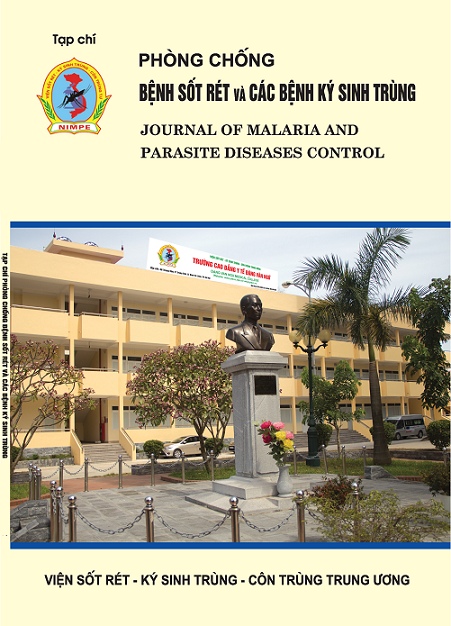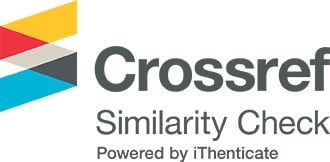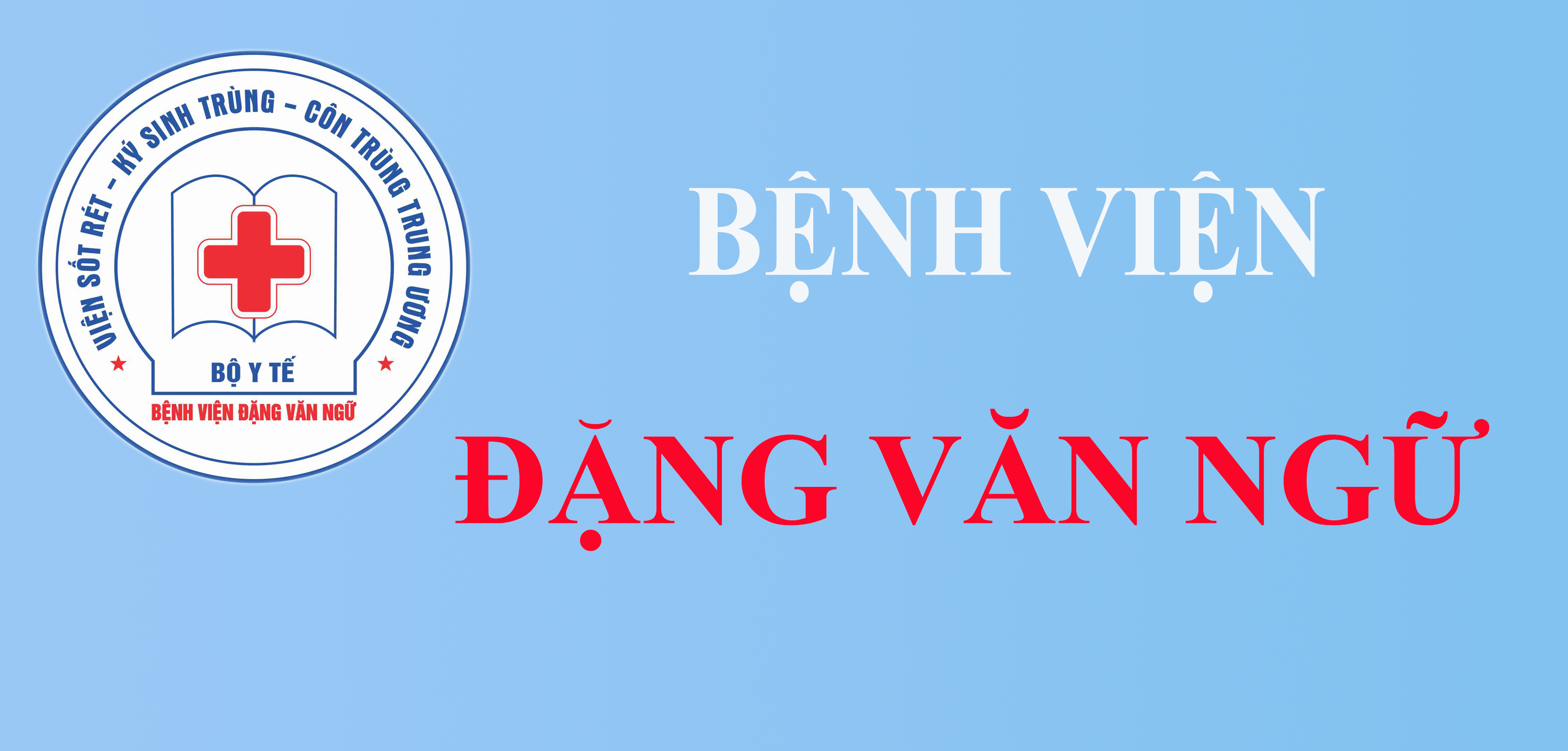UPDATE ON THE IVERMECTIN’ MODE OF ACTION AND RESISTANCE MECHANISMS: A GENERAL MEDICAL LITERATURE OVERVIEW
DOI:
https://doi.org/10.59253/tcpcsr.v132i6.184Tóm tắt
Ivermectin (IVM) is an antiparasitic drug, and it belongs to the avermectin family of
medications. After its discovery in 1975, its first uses were in veterinary medicine to
prevent and treat heartworm and acariasis. Approved for human use in 1987, today it is
used to treat infestations including head lice, scabies, river blindness (onchocerciasis),
strongyloidiasis, trichuriasis, ascariasis and lymphatic filariasis. It works through many
mechanisms to kill the targeted parasites, and can be taken orally, or applied to the skin
for external infestations. It is on the World Health Organization's List of Essential
Medicines, it is available as a generic medicine, and is approved by the U.S. Food and
Drug Administration as an antiparasitic agent. By the year 2022, it was the 420th most
commonly prescribed medication in the United States, with more than 100,000
prescriptions.
The pioneering drug IVM, a dihydro derivative of avermectin originating solely from
a single microorganism isolated at the Kitasato Intitute, Tokyo, Japan from Japanese soil
has had an immeasurably beneficial impact in improving the lives and welfare of billions
of people throughout the world. Originally introduced as a veterinary drug, it kills a wide
range of internal and external parasites in commercial livestock and companion animals. It
was quickly discovered to be ideal in combating two of the world’s most devastating and
disfiguring diseases which have plagued the world’s poor throughout the tropics for
centuries. It is now being used free-of-charge as the sole tool in campaigns to eliminate
both diseases globally. It has also been used to successfully overcome several other human
diseases and new uses for it are continually being found.
IVM with many global trade names of Stromectol®, Soolantra®, Sklice® or Vietnam
trade names of Stromectin®, Pizar®, A.T Ivermectine®. IVM can be use in oral or topical
route administration by ATC code D11AX22 (WHO) , P02CF01 (WHO), QP54AA01
(WHO), QS02QA03 (WHO).








